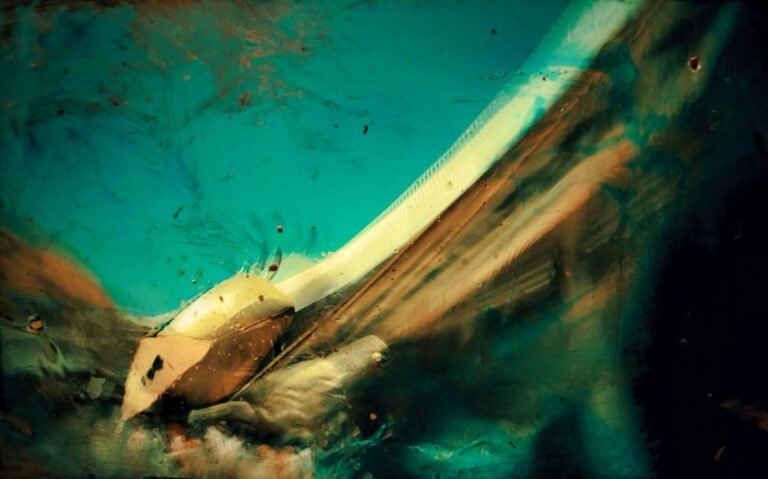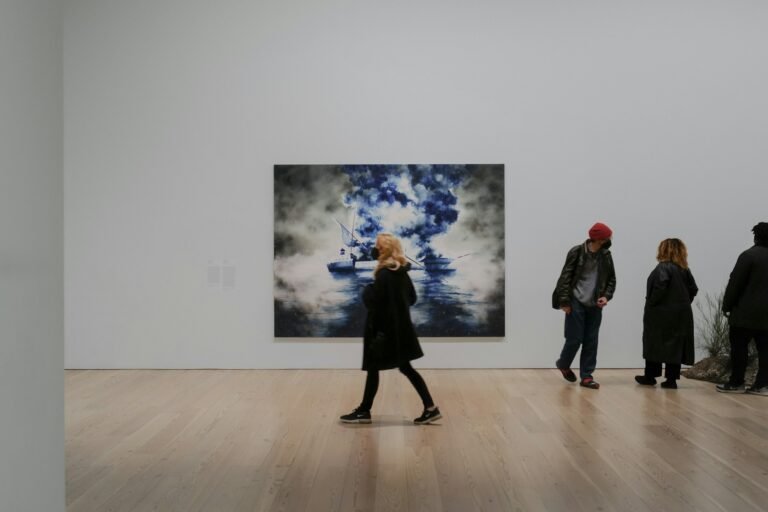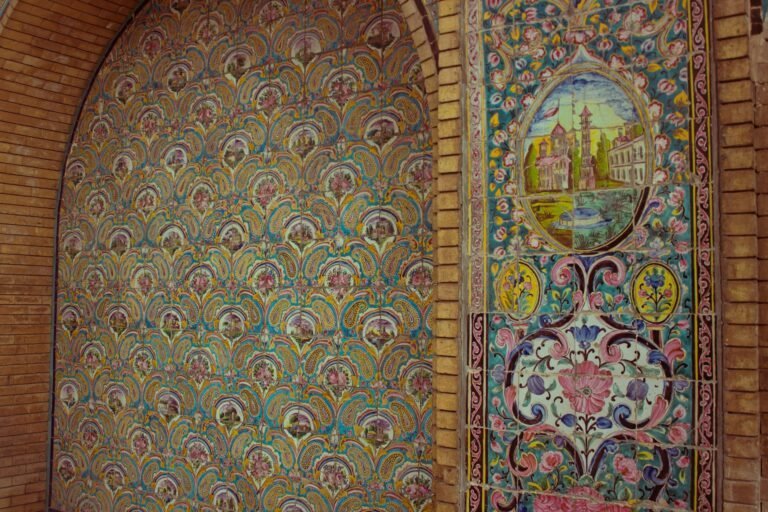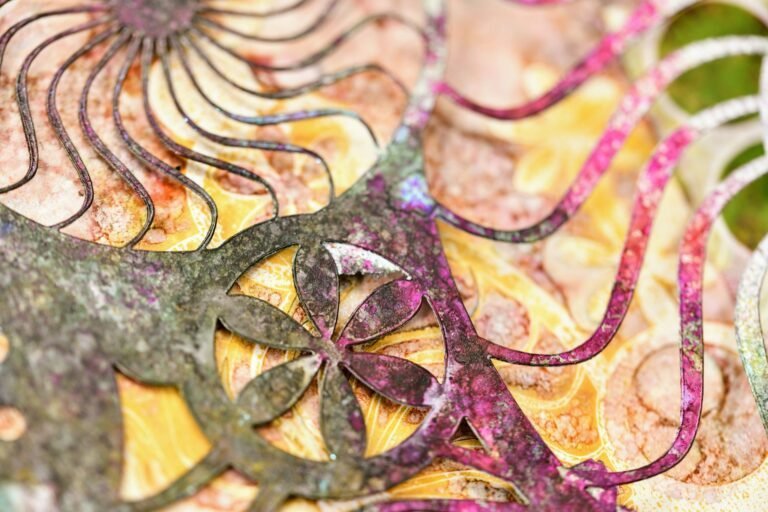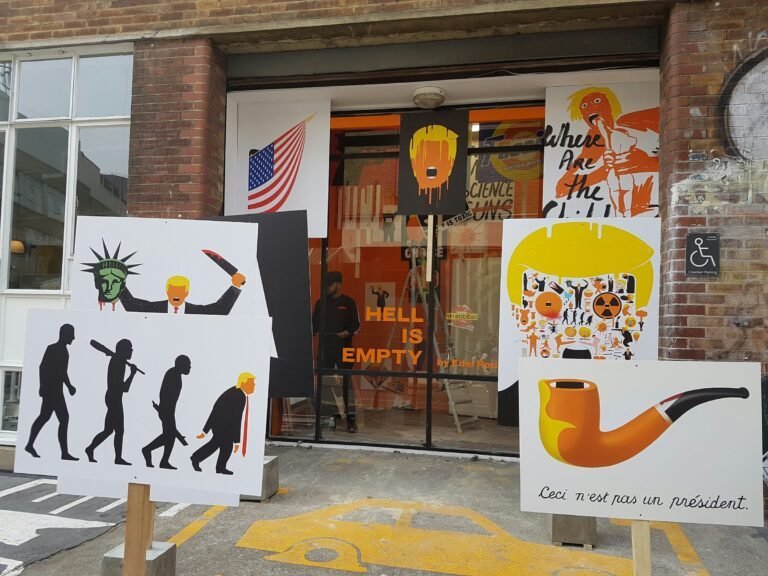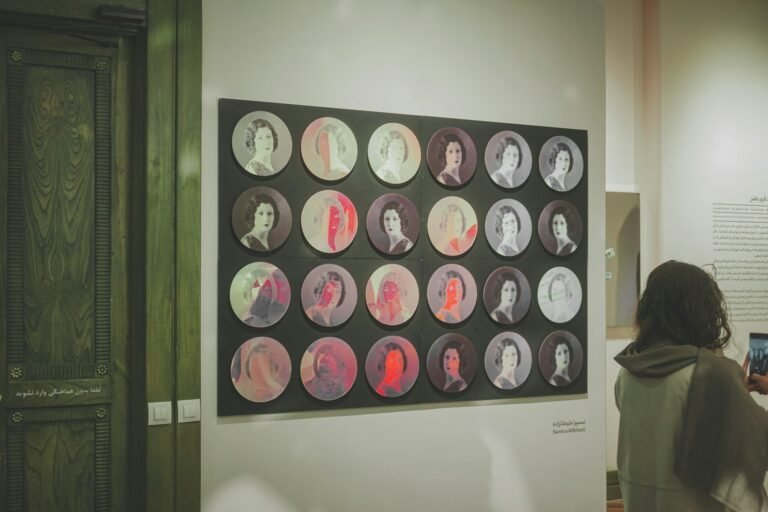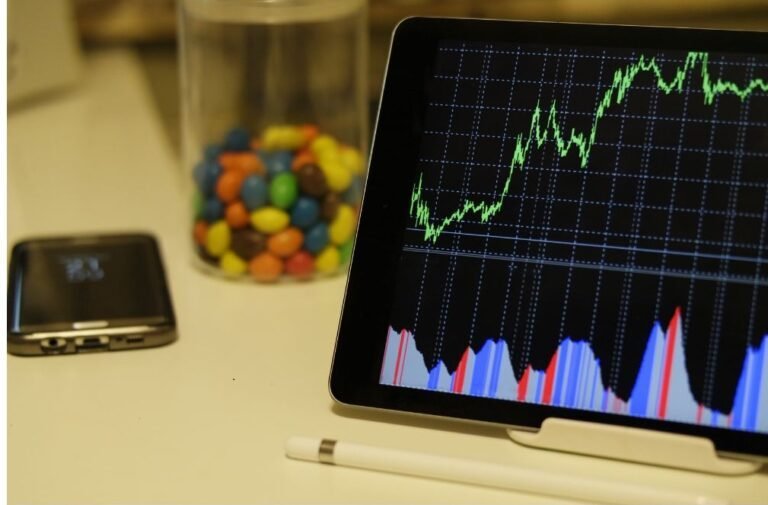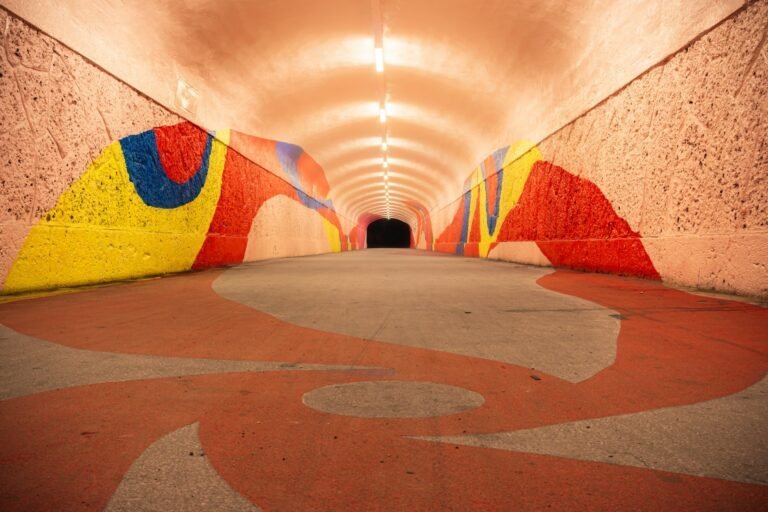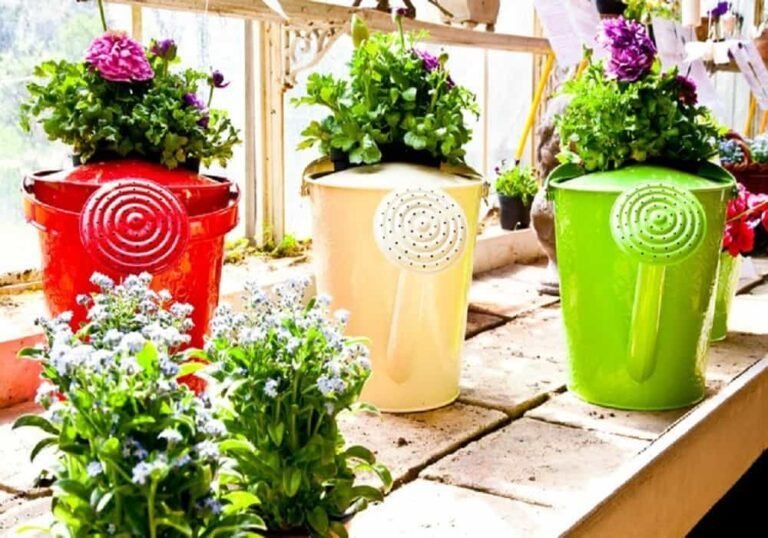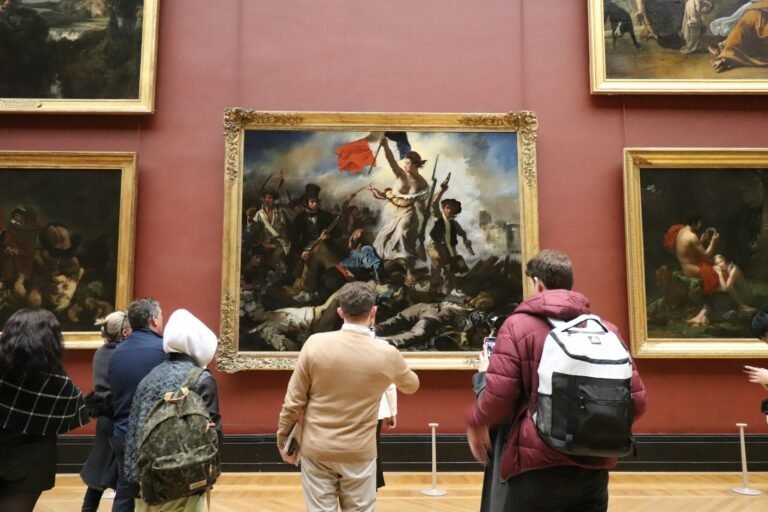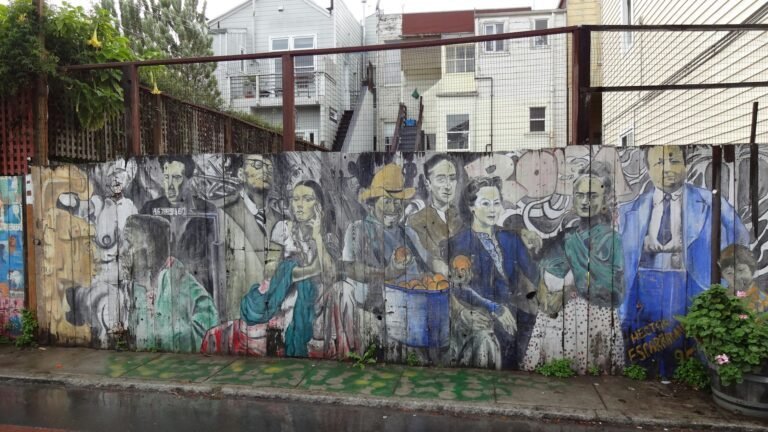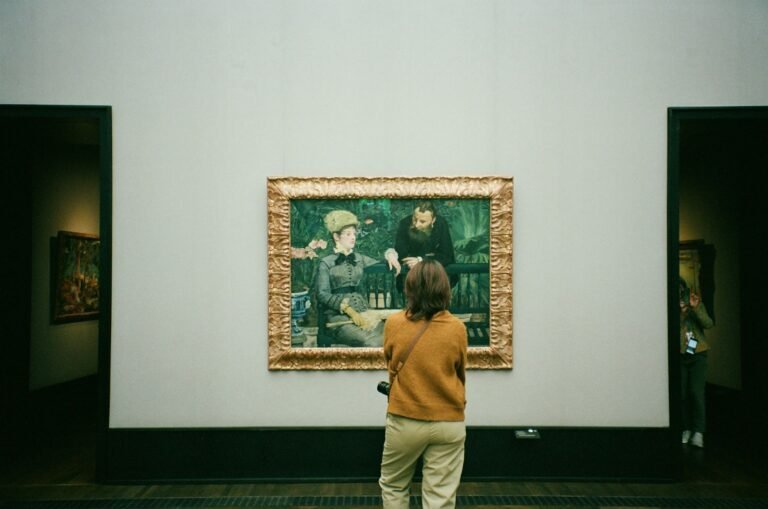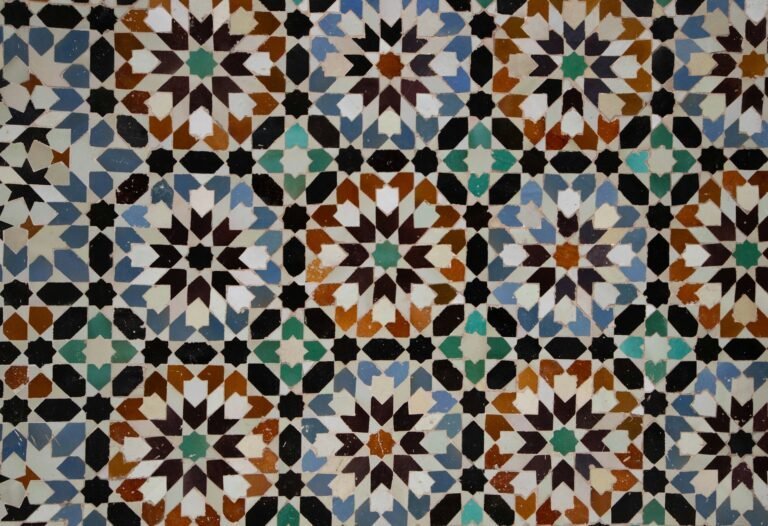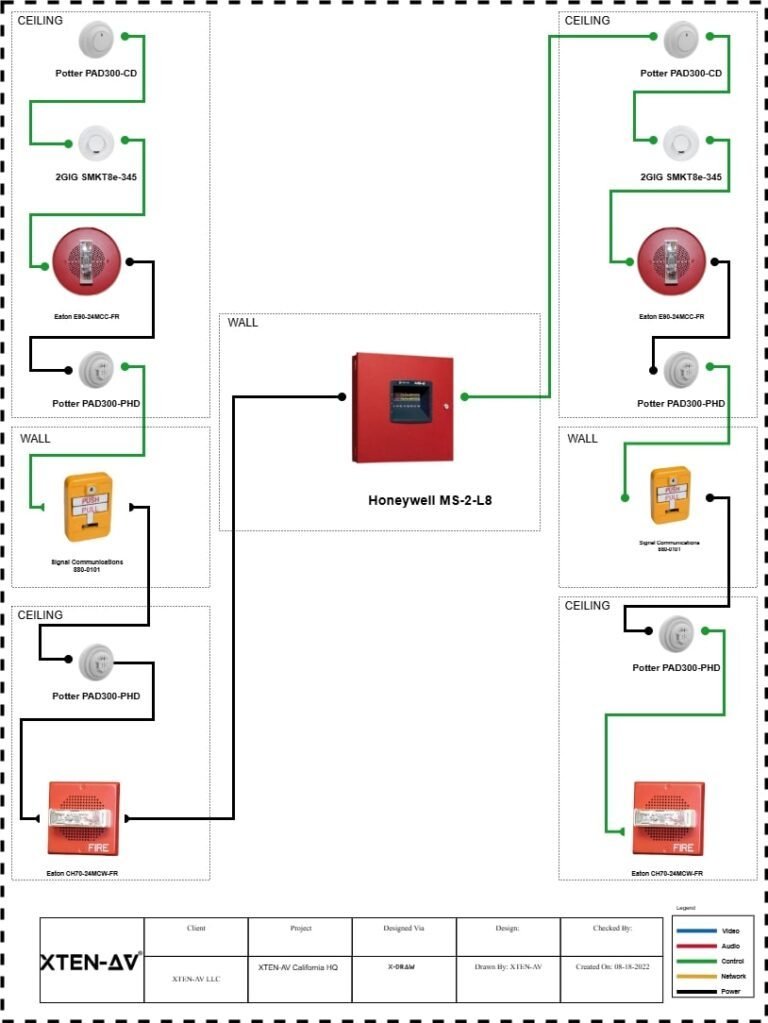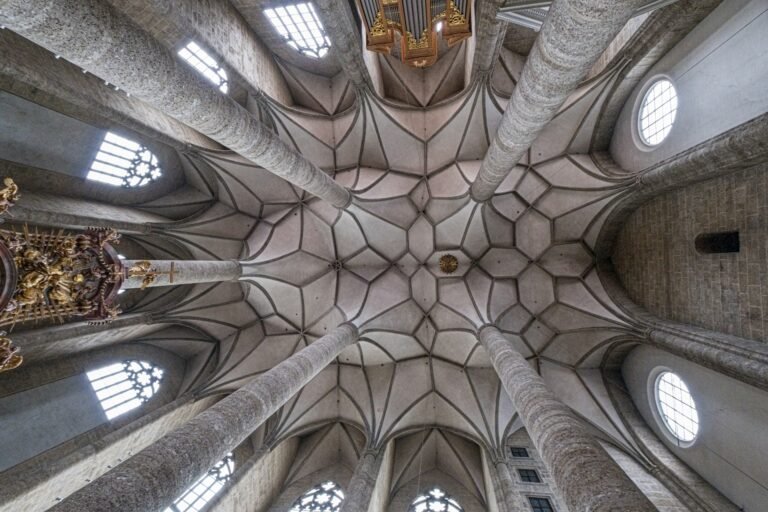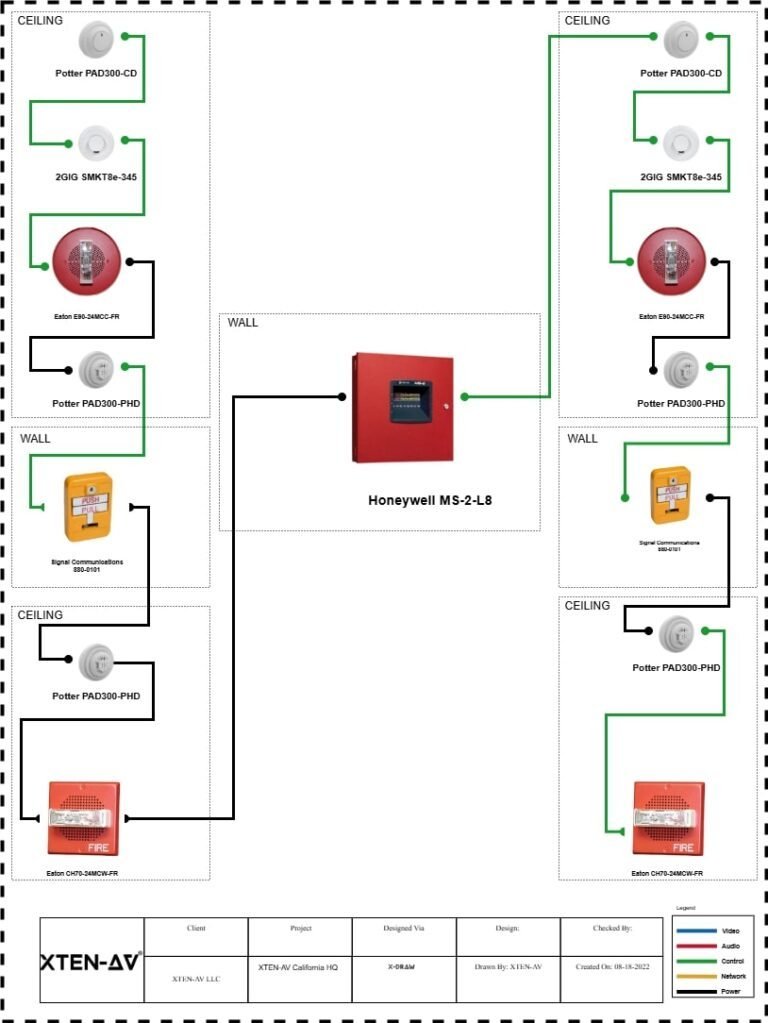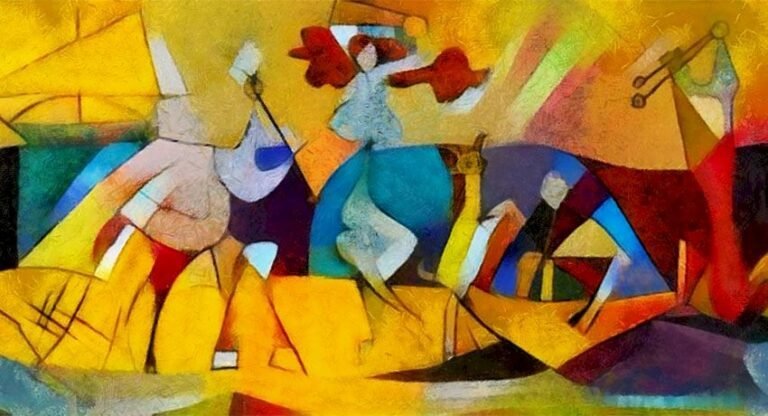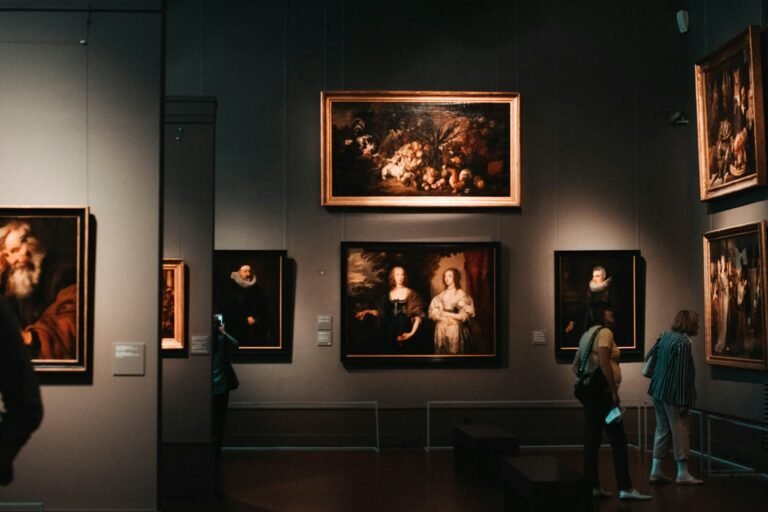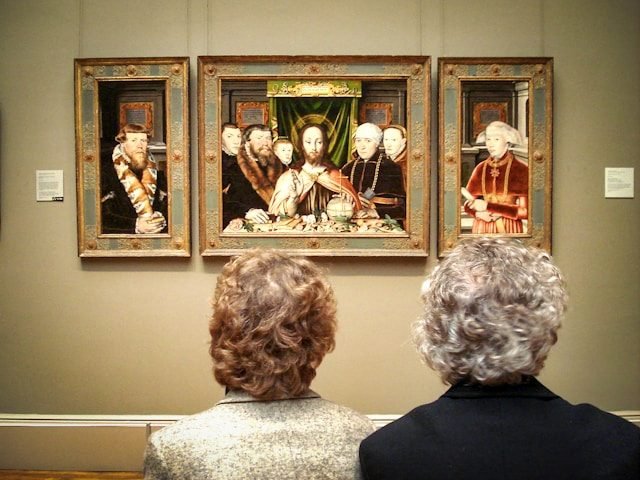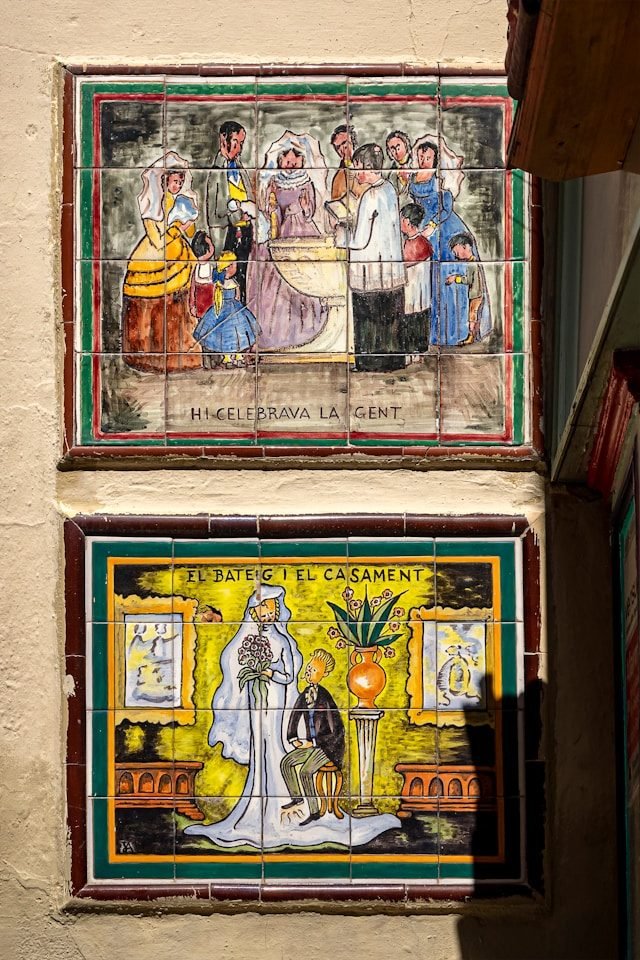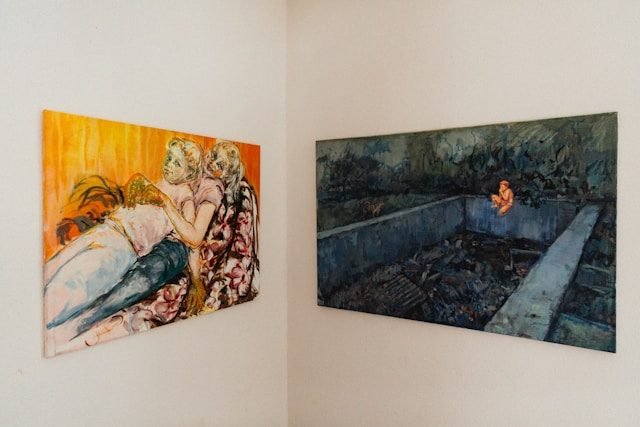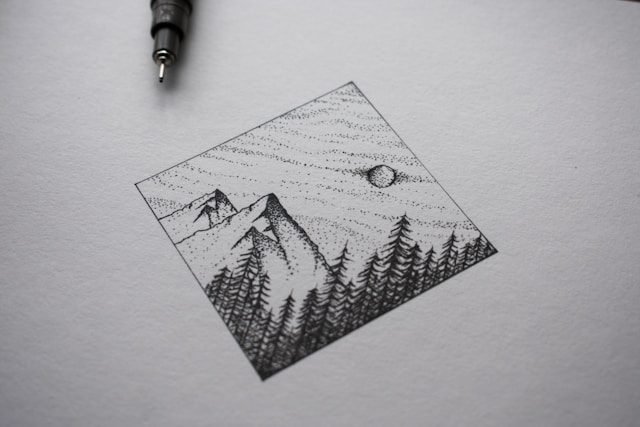Understanding the Concept of Value in Art
Value in art is a fundamental principle that refers to the lightness or darkness of a color or tone within a composition. It is one of the core elements of art, alongside line, shape, form, texture, space, and color. The concept of value plays a critical role in creating depth, mood, contrast, and emphasis in a piece of artwork. At its most basic level, value helps artists depict the three-dimensionality of objects on a two-dimensional surface. By manipulating light and dark, artists can produce an illusion of volume, distance, and spatial relationships, making flat surfaces appear more life-like and tangible.
In a broader sense, value extends beyond just the technical use of light and dark. It encompasses the emotional and conceptual significance that different tonal qualities can convey. For instance, high contrast between light and dark can evoke drama or tension, while subtle gradations of tone often suggest softness, serenity, or intimacy. Therefore, understanding and effectively employing value is essential for artists seeking to communicate their intended message or evoke specific emotional responses from viewers.
Historical Perspectives on Value in Art
Historically, the study and application of value have been central to the development of art across different cultures and epochs. During the Renaissance, artists like Leonardo da Vinci and Michelangelo mastered chiaroscuro—a technique that uses strong contrasts of light and dark to create the illusion of volume and depth. This approach revolutionized the realism in painting and set a standard for depicting three-dimensionality. The Baroque period further emphasized dramatic contrasts to heighten emotional impact, as seen in the works of Caravaggio, whose use of tenebrism (extreme chiaroscuro) created scenes filled with intense chiaroscuro effects.
In the 19th and 20th centuries, artists expanded the understanding of value through movements like Impressionism, which focused on capturing fleeting moments of light and atmosphere. Later, modern and contemporary artists experimented with abstraction and minimalism, often reducing their palettes to stark contrasts or subtle tonal variations to explore new expressive possibilities. The evolution of value in art reflects a continuous dialogue between technical mastery and expressive innovation.
Technical Aspects of Value
From a technical perspective, value is often manipulated through a range of tonal gradations, from pure black to pure white, including various shades of gray. Artists use a value scale—a graduated series of tones—to understand and control the range of lightness and darkness in their work. This scale serves as a tool for creating visual harmony and contrast, guiding the placement of light and shadow to achieve the desired spatial and emotional effects.
In drawing and painting, artists employ various tools and techniques to control value. Pencils, charcoal, and graphite allow for precise control of tonal gradations, while painting mediums like oil and acrylics enable artists to layer and blend colors to produce subtle variations in value. The use of chiaroscuro, sfumato, and glazing are techniques that enhance the depth and realism of artworks by skillfully manipulating light and dark areas.
Value as a Tool for Creating Depth and Space
One of the primary functions of value in art is to create an illusion of depth and three-dimensionality on a flat surface. Artists achieve this through techniques such as gradation, where gradual changes from light to dark suggest curvature and volume. For instance, a sphere painted with a gradual transition from light at the highlight to darker values at the shadow side convincingly appears round and solid.
Value contrast also helps define spatial relationships between objects. Closer objects tend to have more contrast, with sharp distinctions between light and shadow, while distant objects often exhibit softer, more muted tonal variations due to atmospheric perspective. This use of value creates a convincing sense of recession into space, guiding the viewer’s eye through the composition.
Emotional and Symbolic Significance of Value
Beyond its technical functions, value carries significant emotional and symbolic weight in art. High-contrast compositions can evoke feelings of intensity, conflict, or drama, while low-contrast, subtle tonal shifts may suggest tranquility, melancholy, or introspection. For example, the stark chiaroscuro in Caravaggio’s paintings intensifies emotional drama, while Monet’s soft, muted tones evoke a sense of calm and serenity.
Symbolically, artists have used light and dark to explore themes of good and evil, life and death, purity and corruption. The use of darkness often signifies mystery, the unknown, or malevolence, while light typically symbolizes purity, hope, or divine presence. These associations influence how viewers interpret artworks and understand their underlying messages.
Color and Value
While value is often discussed in terms of grayscale, it is intrinsically linked to color. Every color has its own value range; for example, black and white are at the extremes, but colors can be lightened or darkened to alter their tonal qualities. Artists manipulate hue, saturation, and value to create harmony or contrast within a piece. Monochromatic compositions, which use variations of a single hue, rely heavily on value differences to generate interest and depth.
Color influences perception of value because our eyes tend to associate brighter colors with higher value and darker colors with lower value. Understanding this relationship helps artists create more convincing and emotionally resonant works. In addition, color and value work together to guide the viewer’s focus, emphasizing certain areas of the composition.
The Role of Value in Composition and Design
Value is a crucial element in structuring compositions. Effective use of value can lead the viewer’s eye through the artwork, highlight focal points, and establish visual balance. Artists often use contrast to draw attention to specific elements, creating a hierarchy of importance. For instance, a brightly lit subject against a dark background immediately captures the viewer’s focus.
In design, value also contributes to readability and clarity. Whether in visual arts, graphic design, or illustration, a well-balanced range of tones enhances visual interest and ensures that elements are distinct and comprehensible. Proper control of value contrast can also evoke mood and atmosphere, influencing how the viewer emotionally responds to the work.
Cultural and Personal Interpretations of Value
Different cultures may interpret and prioritize value differently within their artistic traditions. For example, traditional Chinese ink paintings often emphasize tonal gradations and subtlety, valuing harmony and balance in tonal relationships. Western art, especially during the Renaissance, emphasized realistic rendering of light and shadow to produce naturalistic images.
On a personal level, individual artists develop their understanding and use of value based on their training, experiences, and expressive goals. Some may favor high-contrast compositions to evoke intensity, while others prefer subtle tonal shifts for delicacy and nuance. Personal interpretation of value also influences thematic choices, mood, and style, making value a deeply subjective element as well as a technical one.
Contemporary Approaches to Value
Contemporary artists continue to explore the potential of value in innovative ways. Digital art, for example, relies heavily on manipulating tonal values through software tools, allowing for precise control and experimentation. Mixed media and collage also utilize value contrast to create visual tension and interest.
Moreover, many contemporary artists challenge traditional notions of value by deliberately limiting their tonal palettes or exploring abstraction. Minimalist works often utilize stark black and white, relying on bold contrasts, while other artists experiment with subtle gradations and monochrome schemes to evoke mood and atmosphere. This ongoing exploration underscores the versatility and significance of value as a core element of artistic expression.
Conclusion
In summary, value in art is a multifaceted concept that encompasses technical, emotional, symbolic, and compositional dimensions. It is fundamental to creating the illusion of depth, guiding viewers’ focus, and conveying mood and meaning. Its importance is rooted in its ability to manipulate light and dark to produce realistic, compelling, and emotionally resonant images. As both a technical skill and an expressive tool, understanding and mastering value remains central to artistic practice, enriching the language of visual communication and enhancing the viewer’s experience. Whether in classical realism, modern abstraction, or contemporary experimentation, value continues to be a vital element that defines the power and beauty of art.















